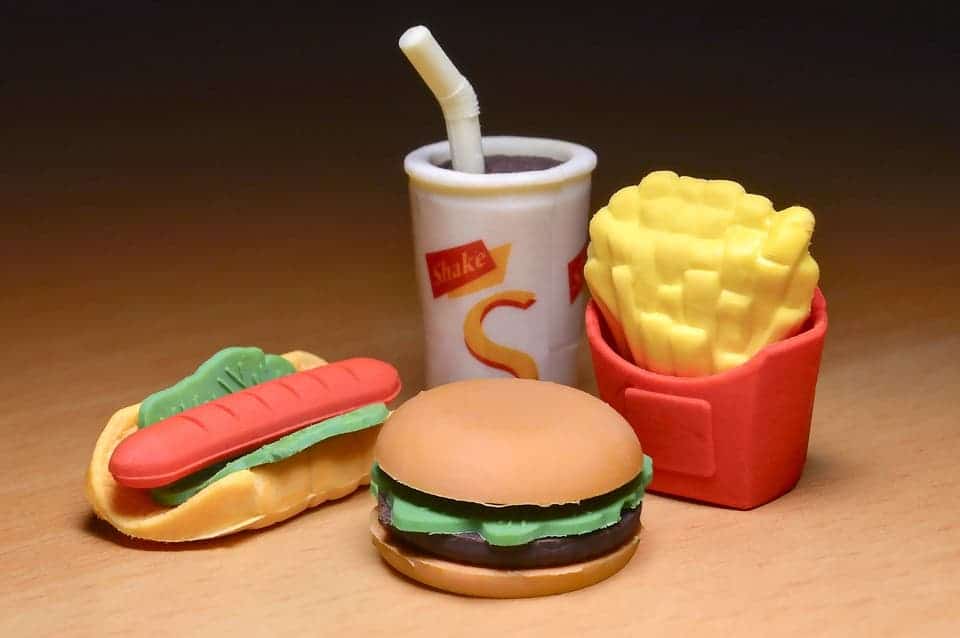
Researchers found that a tax on junk food is both legally and administratively feasible at the federal level in the United States. Proponents of such a tax claim it will help curb obesity in the country which is now peaking at alarming levels, essentially becoming a public health hazard.
“Economic and social environments can influence food choice in beneficial and harmful directions. Our finding that a federal manufacturer excise junk food tax — defined through product category or combined category-nutrient approaches — appears to be legally and administratively feasible and has strong implications for nutrition policy,” said Jennifer L. Pomeranz, who is an assistant professor of public health policy and management at NYU College of Global Public Health.
According to the CDC, 36.5 percent of American adults and roughly 20 percent of children ages 6 to 19 are obese. What’s more, over 70 percent of all men and 60 percent of all women from the US are overweight. This makes a huge fraction of the country’s population at risk of developing cardiovascular disease, cancer, diabetes, osteoarthritis, and chronic kidney disease. And to be fair, this is no longer an American problem. A third of the world’s population — over two billion people — is now either overweight or obese.
Given the public health risks, many experts believe we ought to enact policies that improve American diets. One course of action would be to regulate the price of food and beverage to incite consumers to make healthier choices, either through taxing unhealthy foods or offering subsidies for healthier foods.
A legally feasible tax
Researchers at New York University and the Friedman School at Tufts University investigated the feasibility of implementing a national soda or junk food tax. A federal-level tax, rather than state-by-state, is preferred because the effects are broader and you avoid seeing things like consumers traveling from state to state to fill groceries and dine at restaurants where they can escape the tax. On the other hand, the United States is not heterogeneous in its citizens’ attitude towards junk food or healthy eating, which will make a nation-wide tax challenging to implement.
The team examined the present scientific literature to identify which products should be targeted for junk food taxes but also looked elsewhere where similar legislation was passed. There are eight countries in the world who have implemented some kind of food and beverage taxation specifically aimed at curbing obesity.
Kerala, a state on India’s tropical Malabar Coast, imposed a 14.5 percent tax on the consumption of fast food. In 2014, France introduced a tax on sugary drinks that made a noticeable dent in the sales. And in the United States, some municipalities have taken matters into their hands. The city of Berkeley, for instance, introduced a one penny-per-ounce tax on all sugar-sweetened beverages sold in the city. Five months after its implementation, lower-income residents had reduced their consumption of these items by 21 percent compared to pre-tax levels.
Researchers identified four ways of classifying foods:
- by product category (such as soda or candy),
- broad nutrient criteria,
- specific nutrients or calories,
- or a combination.
The most frequently targeted categories were sugar-sweetened beverages, candy, processed meat products, and sweet and salty snacks, and the most frequently targeted foods were sugar, calories, and salt.
Next, the researchers looked at the various federal taxing mechanisms that would be the most administratively feasible. For instance, there are two main types of tax: sales or excise. Excise taxes are charged on the manufacture, distribution, or sale of commodities, and it’s up to the taxed entity to determine the extent to which it will pass on the tax to consumers. Sales taxes are paid directly by consumers and collected by sellers.
Other countries where there’s a junk food tax overwhelmingly use an excise tax mechanism, similar to the kind you see for alcohol and tobacco.
“One advantage of a manufacturer excise tax is that food companies may be incentivized to reformulate their products if nutrition criteria are incorporated into the tax,” Pomeranz said.
Ultimately, from a legal and administrative perspective, the team concluded that a federal junk food tax is feasible. Existing bills and laws support defining junk food through product-specific categories, and add a graduated taxation strategy where the tax increases as the nutritional quality of the food decreases. From an administrative perspective, current taxing mechanisms support the viability of a junk food excise tax paid by manufacturers, the researchers reported in the American Journal of Public Health. So, the ball is now in the court of policymakers who have the, admittedly, challenging and unpopular job of taxing junk food and soda.


